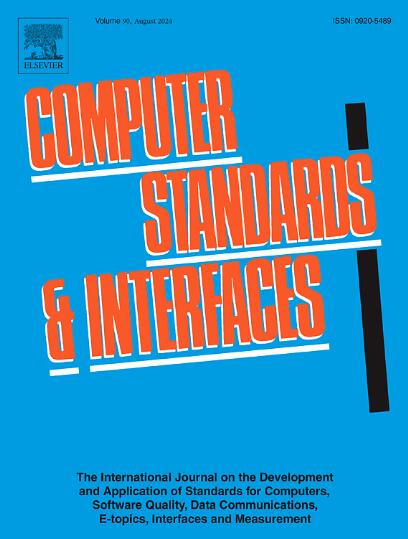Enhancing security, privacy, and usability in social robots: A software development framework
IF 3.1
2区 计算机科学
Q1 COMPUTER SCIENCE, HARDWARE & ARCHITECTURE
引用次数: 0
Abstract
The field of social robotics is witnessing a transformative shift in public interaction and service provision with the advent of Social Robots in Public Spaces (SRPS). However, this progress brings forth significant software security challenges. Developers and stakeholders struggle with designing secure SRPS software without specific standards and frameworks. Existing Secure Software Development Life Cycles fall short in addressing the intricate security needs of SRPS, often prioritizing functionality over security. Integrating various technologies within SRPS and the dynamic nature of public spaces compounds the challenge of ensuring security and user acceptance. To bridge this gap, this study proposes SecuRoPS, a framework designed specifically to address the unique security, safety, and usability requirements of SRPS throughout the software development lifecycle by emphasizing stakeholder engagement, regulatory compliance, and continuous iterative improvements. Built on a robust technology transfer model, the framework is validated through expert interviews, real-world use cases, and laboratory testing, ensuring practical applicability and adaptability to evolving threats. This iterative framework aims to guide various stakeholders, including software developers, organizations, researchers, and end-users, fostering wider acceptance and facilitating the safe integration of social robots into everyday life.
增强社交机器人的安全性、隐私性和可用性:一个软件开发框架
随着公共空间社交机器人(SRPS)的出现,社交机器人领域正在见证公共互动和服务提供的变革转变。然而,这一进展也带来了重大的软件安全挑战。在没有特定标准和框架的情况下,开发人员和涉众努力设计安全的SRPS软件。现有的安全软件开发生命周期在处理SRPS复杂的安全需求方面存在不足,通常优先考虑功能而不是安全性。在SRPS和公共空间的动态特性中集成各种技术,使确保安全性和用户接受度的挑战复杂化。为了弥合这一差距,本研究提出了SecuRoPS,这是一个专门设计的框架,通过强调涉众参与、法规遵从性和持续迭代改进,来解决SRPS在整个软件开发生命周期中独特的安全性、安全性和可用性需求。该框架建立在健壮的技术转移模型之上,通过专家访谈、真实用例和实验室测试进行验证,确保了对不断变化的威胁的实际适用性和适应性。这个迭代框架旨在指导各种利益相关者,包括软件开发人员、组织、研究人员和最终用户,促进更广泛的接受并促进社交机器人安全集成到日常生活中。
本文章由计算机程序翻译,如有差异,请以英文原文为准。
求助全文
约1分钟内获得全文
求助全文
来源期刊

Computer Standards & Interfaces
工程技术-计算机:软件工程
CiteScore
11.90
自引率
16.00%
发文量
67
审稿时长
6 months
期刊介绍:
The quality of software, well-defined interfaces (hardware and software), the process of digitalisation, and accepted standards in these fields are essential for building and exploiting complex computing, communication, multimedia and measuring systems. Standards can simplify the design and construction of individual hardware and software components and help to ensure satisfactory interworking.
Computer Standards & Interfaces is an international journal dealing specifically with these topics.
The journal
• Provides information about activities and progress on the definition of computer standards, software quality, interfaces and methods, at national, European and international levels
• Publishes critical comments on standards and standards activities
• Disseminates user''s experiences and case studies in the application and exploitation of established or emerging standards, interfaces and methods
• Offers a forum for discussion on actual projects, standards, interfaces and methods by recognised experts
• Stimulates relevant research by providing a specialised refereed medium.
 求助内容:
求助内容: 应助结果提醒方式:
应助结果提醒方式:


